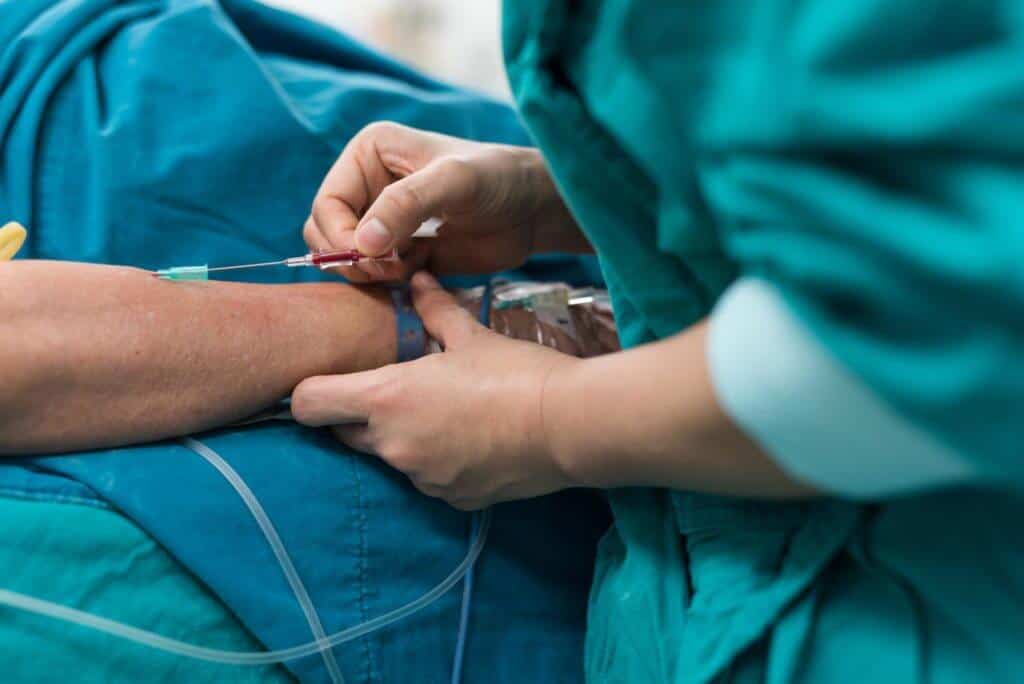Surgery was once thought to be the solution to aging. Simply cut into the body and fix what’s broken, like you would a car engine. However, unlike a car engine that has inanimate parts, your body’s cells and tissues do not like being cut or sewn, or having foreign hardware inserted into them. Cells and tissues remarkably can heal from this kind of trauma, but never as well as they could if they had been given the right environment to heal themselves.
Surgery is not a quick fix to anything. Of course, it’s absolutely necessary in times of trauma, like car accidents or other acts of violence or disease, when surviving or dying are the possible outcomes.
As debilitating as pain can be (especially when it feels like there is no end to the pain in sight), there are other options that are better for you and your body.
Well-Oiled Machine
Your body has remarkable natural programming. Unlike a car engine, your body is engineered to repair itself when cells aren’t functioning optimally. Over a lifetime of wear and tear, sometimes the cells lack the surrounding environment to do what they are programmed to do.
And that’s where regenerative procedures step in and lend a helping hand. Regenerative medicine, including Platelet-Rich Plasma (PRP) and stem cell therapy, provides the optimal environment for your cells to take over the healing process.
In basic terms, your body’s cells are concentrated and used to help your body heal and to signal other cells to join in on that healing process. There is no cutting, suturing, or hardware inserted. There is no scar tissue or a traumatic wound to heal from.
With any orthopedic injury, proper evaluation and diagnosis are required. Evaluation includes movement analysis, palpation, reflex testing, radiographic studies, and exclusion of referred pain. Referred pain is caused when an injury or trauma to one area of the body causes pain in a different area. Once your team has a good understanding of what is happening in your body as a whole, you can decide the best course of action for you. Any effective plan should take into account your lifestyle, habits, daily activities, and goals.
Regenerative medicine provides the optimal environment for your cells to heal. In simplest terms, blood or other small tissue sample from your body is removed (harvested) with a needle. They are put into a machine that spins so fast that the cells of the blood or tissue separate into specific groups. The type of cell needed to heal your injury is then injected into the injured area, providing a concentrated dose of healing.
The injured area is then equipped with the extra cells it needs to heal the injury, whether it’s damaged cartilage or a torn ligament, tendon, or muscle.
What Are My Options for Therapy?
The therapy depends upon numerous factors, including the extent, age, and type of injury. An additional determinant is your body’s overall capacity to heal, which is also dependent upon lifestyle, nutrition, habits, health and disease.
Platelet-Rich Plasma (PRP) may be the right choice for people with good healing systems and minor acute injuries, or who may have some minor arthritis in a joint.
Stem cells may be chosen when there is more significant or chronic damage. In these cases, the tissues that need to heal actually need to “learn” how to heal again, or there is a complete tendon or ligament tear, as opposed to a small or partial tear.
Stem cell therapy has been used to help people successfully overcome a variety of orthopedic injuries frequently better than surgery, including tendonitis, rotator cuff tears, osteoarthritis, herniated disks and other spine conditions, arthritic joints, and overuse injuries.
Joints that benefit from these therapies include shoulder, hip, knee, ankle, elbow, wrist, joints of the hands and feet, and vertebral.
What are the Costs Involved?
There are many inaccurate myths surrounding regenerative medicine. One is that stem cell therapy is too costly for the average person with insurance. What is often overlooked in these arguments are all the costs associated with surgery (even those with insurance), along with considerations of recovery time, pain, swelling, and other complications.
Surgery can take up to a full year to recover. By contrast, with a regenerative medicine procedure, recovery begins in days and progresses in the weeks ahead. There is no general anesthesia; therefore, no risks or overwhelming costs of general anesthesia including bringing in the anesthesiologist. Because of this, there are fewer risks or costs to an elderly person or someone who may have heart or other conditions that prohibit these types of surgeries.
Additionally, RegeneVive Health and Wellness offers several payment plans to help patients manage the costs involved with stem cell therapy.
The Bottom Line
Before running to a surgeon because your knee hurts, look at your shoes, your posture, how you walk, and what you eat. Consult a physical therapist who can examine your movement patterns and discern imbalances in your muscles. Correlate any of your symptoms with how you live and move, with radiographic images, and sound medical advice. Seek regenerative medicine for care that allows your body to heal itself, when cells need a helping hand to get the process started.
RegeneVive Health and Wellness provides regenerative cell-based alternatives to surgery, for osteoarthritis and many other conditions. To learn more about our approach to therapy, please contact us, or call us at 1-844-RegeneVive (1-844-466-7827). You can also email us at [email protected].
